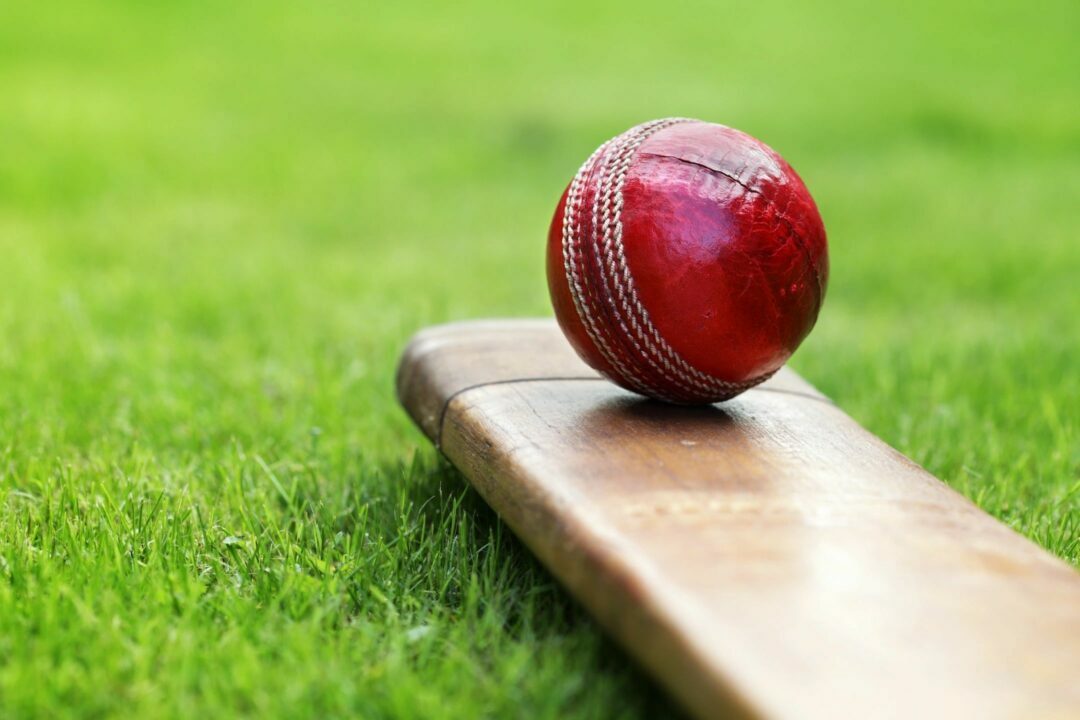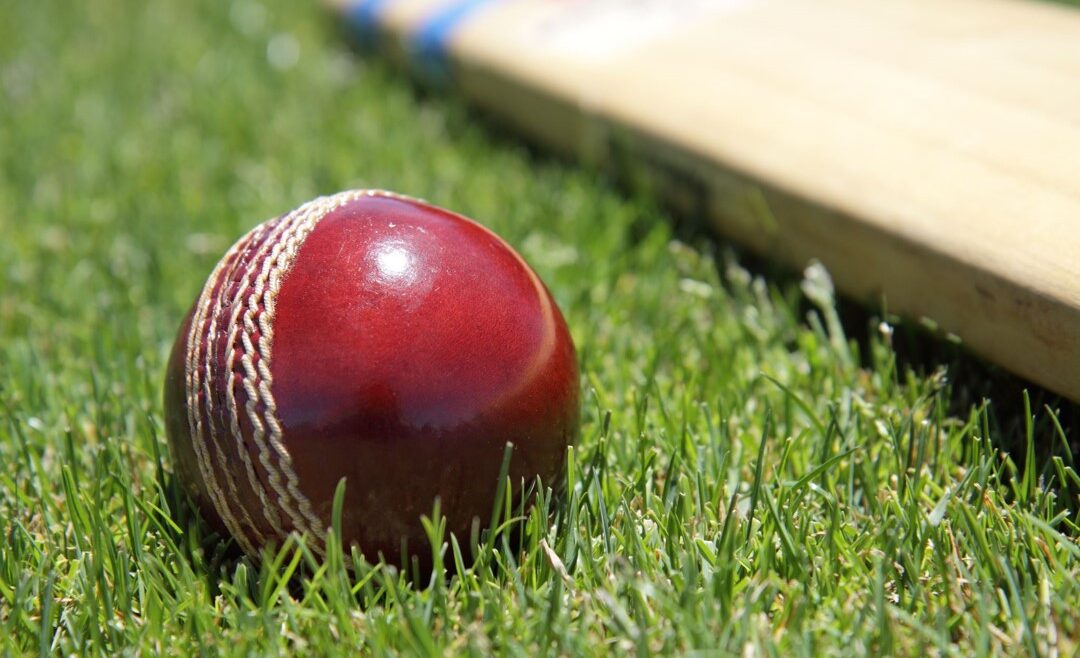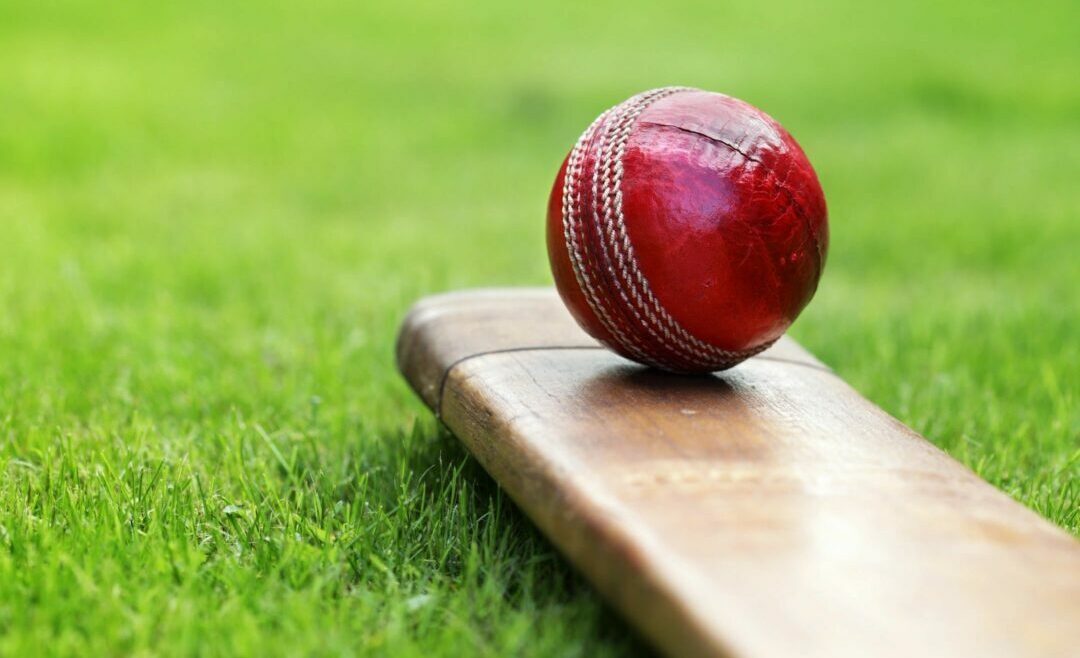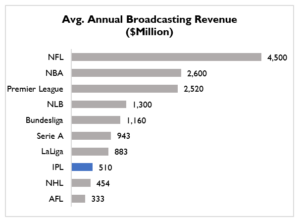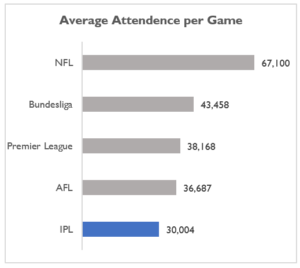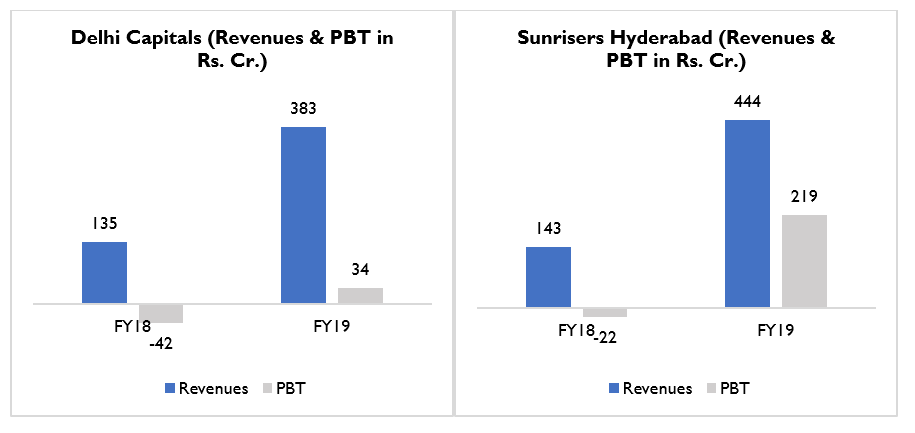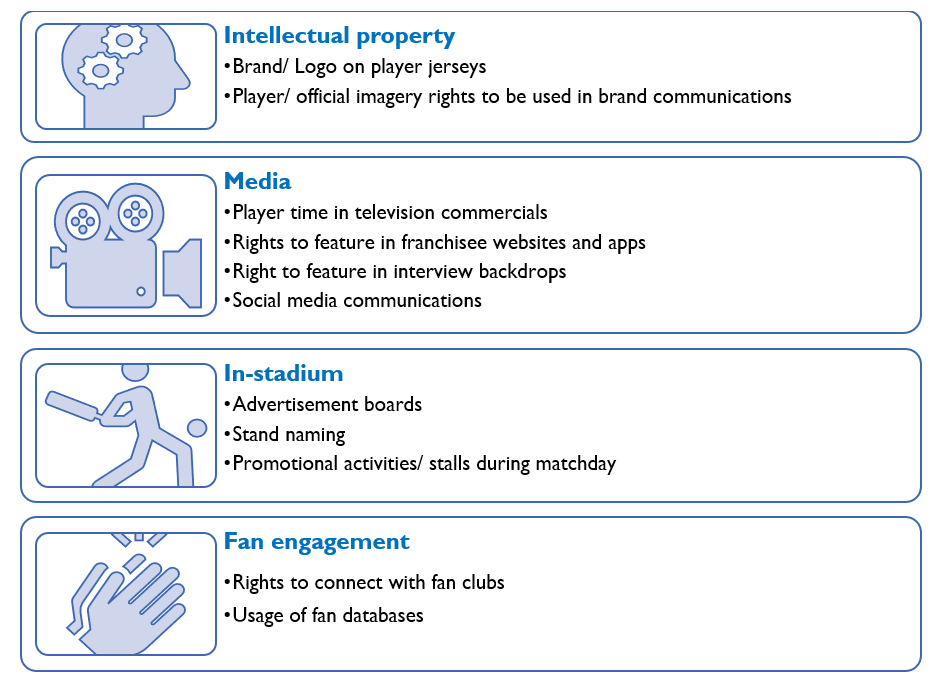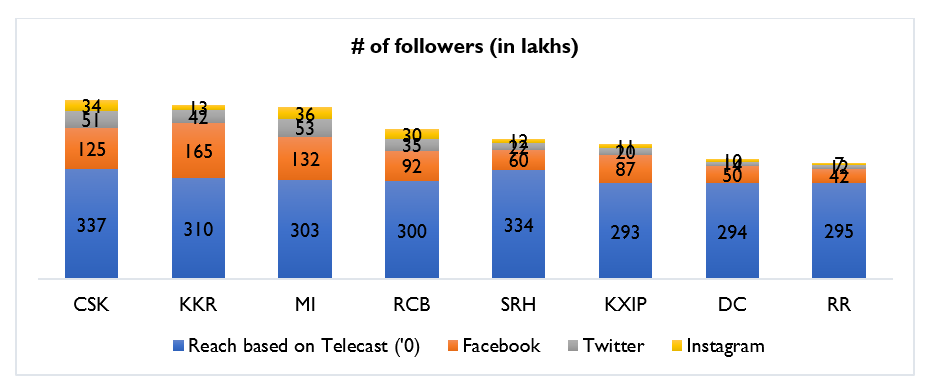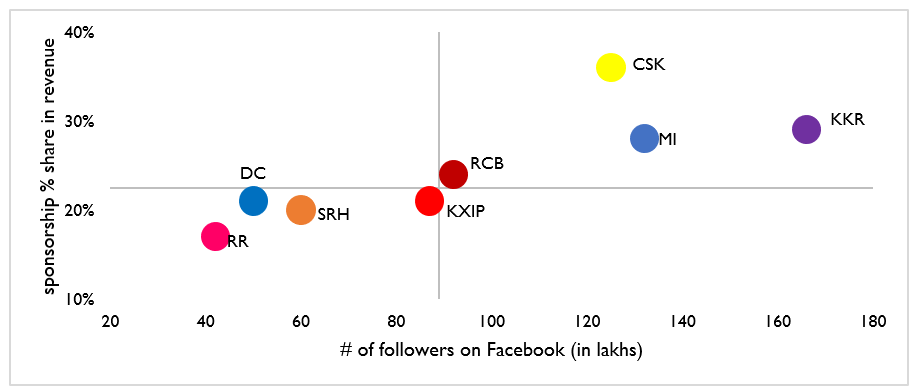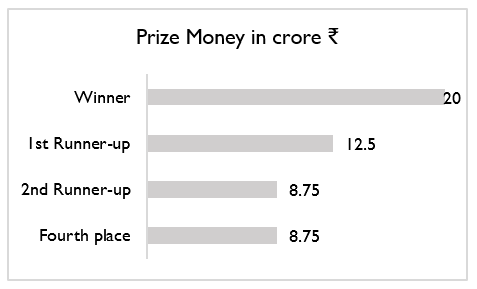Executive summary
In the previous article, the major revenue streams – Central Rights income, Sponsorships, Match day incomes were detailed and compared with mature leagues across the globe (Premier League, NBA, NFL, etc.). Growth opportunities were identified and enumerated. This article, discusses the 3 major expense streams – player fee, BCCI commission & other commission expenses. The critical question every franchisee faces with each cost element is the trade-off between the expense and its potential income generation capability. This article highlights these associations and integrates a business case approach to decision making on cost optimization.
Introduction
Franchises on an average spent around ₹430 crores1 ($90 million) to bid and purchase an IPL team 12 years ago. They come from backgrounds previously unconnected to cricket, the sports growing profile & popularity in the country testified a long-term investment. The business strategy to own a team varied across the franchises.
Brand extension to the original business. Reliance used the platform to launch the brand in the sports industry. Vijay Mallya wanted to link the team to either Royal Challenger or McDowell no.1 for surrogate advertising to meet the Advertising Standards Council of India (ASCI). India Cements built marketing programs on the CSK- India Cements connection. Sun TV network purchased Sunrisers Hyderabad from its previous owner Deccan group with a strategy to increase revenue and eventually sell a stake of the cricket team for profit2. This strategy has been seen globally – For example: In the Premier League, Venky’s chicken own Blackburn Rovers. Etihad is using the 10-year agreement with Manchester City FC to brand the sports arena in the city as Etihad Campus and further improve the airline business in the region through a new hub and airport. Many of the Japanese baseball leagues are owned by companies and bear the company’s name like Chiba Lotte Marines which is owned by the Lotte group.
IPL’s Entertainment value as a key to its success. The founders believed a large part of IPL’s success will depend on its entertainment value as much as its sporting value. This led to the two biggest box-office draws of the country – cinema and cricket combining. Several high profile actors and actresses either partly own franchisees or have been/ are endorsers of these franchisees ever since its inception3.
While, yes, these strategies do make business sense. The key question is, on a standalone basis, is owning an IPL a valuable business proposition? It is indeed the case. On average, IPL teams have a strong 24%4 EBITDA. In comparison, Premier league teams EBITDA is 17.8%5 while most of the teams in other nascent leagues like Pro-Kabaddi League or ISL are yet to make money.
More than 90% of all the expense is from 3 major heads
Player fee accounts to 30%-35%4 of the team revenue and is the largest expense
In comparison with other major global leagues, IPL’s player fee expense is the least. Most mature leagues like NFL, NBA & NHL spend >40%6 of their revenues on player fees

Since the first edition of IPL, there has been a cap on the total spend on players. Initially, the player fee cap was ~₹20 crores. Till 2014, the Indian domestic players were not included in the player auction pool and could be signed up by the franchises at a discrete amount while a fixed sum of ₹1 million (US$14,000) to ₹3 million (US$42,000)7 would get deducted per signing from the franchise’s salary purse. This received significant opposition from franchise owners who complained that richer franchises were “luring players with under-the-table deals”; following which the IPL decided to include domestic players in the player auction. In 2014, a strict overall team cap was set at ₹60 crores8 and grew around 3% per year. As shown in the chart below

| Avg. Growth Rate – 3% |
In 2018 the IPL- Star India broadcasting rights deal, generated a huge revenue and teams could afford to pay higher salaries. The BCCI increased the salary cap by ~21% (2017- 2018). In the 2020 edition of IPL, the team salary cap was ₹85 Crores9.
From 2015 to 2018, the median utilization of salary cap was ~88- 89%10 with RR, SRH, and KXIP below 83%. To ensure that teams spend a minimum portion of their budget on salaries and the general salary level increases, a salary floor was introduced in 2018, which increased the utilization to 99% in 2018.

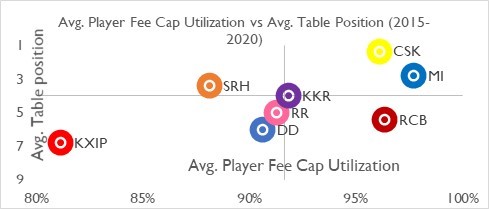
Basis table positions, SRH seems to have achieved the best balance with player salaries, it has spent ~88% of the allotted player fee over five seasons from 2015 to 2019 and secured an average table position between 3-4. This has monetary advantages as teams earn money basis table position (being in the top 4 list). SRH had won the 2016 season and secured runners-up in 2018. RCB, on the contrary, has spent more than 95% of the salary cap and has secured an average table position between 5-6. Till the 2019 season, the total prize money was ₹ 50 crores. Winner getting ₹ 20 crores, runner-up ₹ 12.5 crores and 3rd & 4th getting ₹ 8.75 crores each. BCCI has decided to slash the prize money by half from the 2020 season11.
The distribution of budget across players tends to be rather unequal with a few highly sought-after players going for big bucks. The top 25 players get more than 55% of the salary share while the other 100 players share the remaining 45%. At a team level, ~50%12 of the salary cap is spent on the top 5 players.
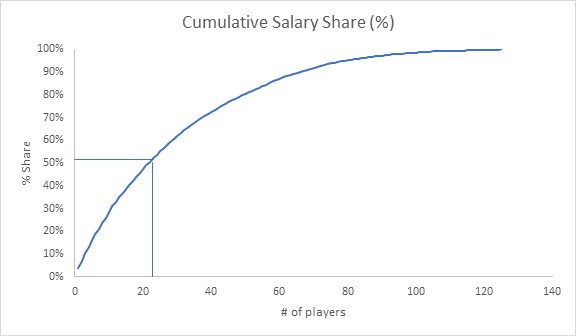
Franchises like CSK, MI, KKR & RCB spend a major share of the player fee to have popular players like MS Dhoni, Rohit Sharma, Kieron Pollard, Virat Kohli or AB de Villiers in the team. These teams have the highest number of followers and are generating more sponsorship revenue and stadium ticket utilization compared to the rest of the teams.

Players fees is indeed a major expense component as top players usually come with high salaries. But they can contribute in two critical ways to revenues – increased fan following (directly correlated to major revenue streams – sponsorships & ticketing income) and prize money. Teams have to be astute about rationalizing the spend on players as one my end up being penny wise and pound foolish.
20% of the total revenue paid to BCCI as a commission is the second-largest expense
IPL was supposed to be an auxiliary project of BCCI. It now makes 16 times13 more profit in the 45-day window than the rest of the year. Major sources of IPL revenue for BCCI are Broadcasting Rights & Media Rights and Franchise fee together contributes to more than 88% of the share and title sponsorship which is 10% of the share14.
BCCI accords 50% of the total revenue from media and title rights, and league sponsors to the franchises as central sponsorship. ₹200-250 crores from 2018-2023 i.e. till the Star- IPL deal is active. Before the deal teams were getting ~ Rs 65 crores. In return, they collect a franchise fee of 20% of their total revenue from the teams14.
Globally sports leagues are managed in two ways it can be a single business entity where the team owners are shareholders in the league. There are no individual owners or investors, with all teams centrally owned and operated by the league. The league, not the individual teams, have contracts with the players. It functions as a highly centralized structure. The support staff is shared between all the teams and a single entity takes care of all aspects of team activities: Marketing, Promotion, broadcast and Intellectual property. The teams are not bound by anti-competitive laws. The business is also easily transferable and the entire league can be sold as one asset. XFL football league operates in this model
The second type is a central association that franchises the ownership of a team usually based on locality. The franchises have the contractual rights to own and operate the team. Most of the major global leagues are based on this model. The premier league, NBA, NFL, La Liga and most of the Indian leagues such as Pro-Kabaddi, Super league, and the IPL. Most of the global leagues do not collect franchise fees from the teams. But IPL does. With the reduction in prize money, in the future will the franchises demand for reduction in commission rate or follow the global trend of no franchise fee?
Commissions spent on event management, ticketing & sponsorship accounts to around 10%4 of the revenue
Teams typically outsource stadium & stand décor expenses to third party agencies. The type and cost décor are directly proportional to the ticket price of the stand. Event management expenses include expenses such as brand signages, cheer girls, generators, licenses & permissions and security.
For selling tickets online on Bookmyshow or Ticketgenie teams have to shell out commissions to these agencies. To get the right sponsors teams generally, outsource the rights to get sponsors to experts and share a percentage with them.
The split of expenses between the three categories varies between the team. Typically, the majority of the spend is from event management expenses, followed by either ticket sales commission or sponsorship commission.
These expenses are important and have several indirect benefits. For instance, creating the right environment for the spectators in the stadium drives the ticket sales as well as TV viewership leading to increased sponsorship incomes and future auxiliary brand extension opportunities. Managing the sponsors, allocating right player and player times to each sponsor, keeping the franchise & sponsor engaged through the year builds a connection between the two and is crucial & beneficial for both the parties. Franchisees need to access professional help and look at this expense strategically. A smooth management of these functions keeps sponsors, players and fans happy, encourages loyalty and steady income generation. Decisions to curtail these expenses, should assess their impact on income and not solely be taken on the outflow.
A large selection of important operational expenses account for approximately 10%
Support staff fee is the largest component in these expenses, ranging between 3%- 4% of the revenue and has been in this range from a couple of years across the IPL franchises.
Stadium rent accounts for less than 1% of the revenue. Till the 2019 season, teams used to pay ₹30 lakhs/home match to the state association as rent to use the stadium. It amounts to around 1% of the expense for the franchise. From 2020, IPL Teams have to pay ₹50 lakhs/home match to the state association. The fee is used for the upkeep of the stadium, ground and other facilities by the state association. 15
While four of the 32 NFL teams have a home ground, the rest of the 28 teams pay rent to use the stadium16. A team plays 8 – 10 games at home out of the 16 games of the NFL regular season. The average annual rent is approximately $ 2 million, i.e. about ₹1.5 crores per match17. Of the 30 teams in the NBA, 12 teams own a stadium and 18 teams rent a stadium. In a season of NBA which is played over six months, each NBA team plays 41 games at home. All the 20 teams in the premier league own a stadium & play 19 games at home. An IPL team plays only 7 games at home and the calendar is only for 2 months leading to a stronger business case for renting over owning a stadium
Summary
Assessing the expenses indicate an inextricable link of each expense head to several revenue streams. There are significant skews to certain costs (eg: player fees) and some expenses seem unavoidable (eg: BCCI commission). It is hence prudent for a franchisee to pivot their views on these costs by focusing not on optimizing them but by maximizing their returns. Every cost element in a franchisee’s P&L hence needs to be evaluated with its associated business case with a view on long term benefits prior to investing in them or rationalizing.
References
1. CricInfo Staff (2008) ‘Big business and Bollywood grab stakes in IPL’ ESPN CricInfo 24 Jan Available at https://www.espncricinfo.com/story/_/id/20427511/ipl-announces-franchise-owners
2. Leena, S. Bridget (2015) ‘Sun TV open to stake sale in Sunrisers Hyderabad: CFO, live.com, 4 August. Available at https://www.livemint.com/Money/HQhby1MGaO9UFuukWeTE9O/Sun-TV-open-to-stake-sale-in-Sunrisers-says-CFO.html
3. Kholi, Rajeev (2011) ‘The Launch of Indian Premier League’ Columbia.edu, Available at http://www.columbia.edu/~rk35/IPL.pdf
4. Financial reports from MCA filings of company financials
5. Deloitte Report (2019) ‘Annual Review of Football Finance 2019’, Deloitte.co.uk, May. Available at https://www2.deloitte.com/content/dam/Deloitte/cz/Documents/consumer-business/cz_annual_review_of_football_finance_2019.pdf
6. Sporting Intelligence ‘Global Sports Salary Survey 2019’. Available at https://www.globalsportssalaries.com/GSSS%202019.pdf
7. Wikipedia ‘Indian Premier League’ Available at https://en.wikipedia.org/wiki/Indian_Premier_League
8. ESPNCricInfo Staff (2013) ‘Player Regulation for IPL 2014’ ESPN CricInfo 24 Dec Available at https://www.espncricinfo.com/story/_/id/21581720/player-regulations-ipl-2014
9. Wikipedia ‘List of 2020 India Premier League Personnel Changes’ Available at https://en.wikipedia.org/wiki/List_of_2020_Indian_Premier_League_personnel_changes
10. Mishra, Aryan (2019) ‘IPL 2020: Complete list of all eight teams’ Inside Sports 20 Dec. Retrieved from https://www.insidesport.co/ipl-2020-complete-list-of-all-eight-teams/
11. BS Web Team and Agencies (2020), ‘IPL 2020 champions’ prize money to be cut as Indian cricket hit by slowdown’ Business Standard, 4 March. Available at https://www.business-standard.com/article/sports/ipl-2020-champions-prize-money-halved-as-indian-cricket-hit-by-slowdown-120030400392_1.html
12. Sportekz (2020) ‘IPL 2020 Player Salaries’ SportEKZ 24 Feb. Retrieved from https://www.sportekz.com/cricket/ipl-2020-players-salaries/
13. Basu Arani (2018) ‘BCCI set to earn over Rs 2000 crore from IPL’, Times of India, 13 Feb. Available at https://timesofindia.indiatimes.com/sports/cricket/ipl/top-stories/ipl-to-give-bcci-95-percent-of-its-surplus/articleshow/62894670.cms
14. Sharma, Rajendra (2018), ‘For once, each IPL Franchisee poised to earn 150+ Crore Profit’, Inside Sport, 2 May. Available at https://www.insidesport.co/ipl-franchisee-poised-%E2%82%B9150-crore-profit-0602052018/
15. Gollapudi, Nagraj (2020), ‘IPL halves play-off reward, hikes staging fee for franchises – owners object’, ESPN CricInfo 9 March. Available at https://www.espncricinfo.com/story/_/id/28872214/ipl-halves-play-reward-hikes-staging-fee-franchises-owners-object
16. Farmer, Drew (2019), ‘The NFL has 28 teams that don’t own their own stadiums’, Inside Sport, 8 Aug. Available at https://www.americabet.com/football/nfl/the-nfl-has-28-teams-that-dont-own-their-own-stadiums/
17. Las Vegas Review Journal (2017), ‘Stadium and rent details for all 32 NFL teams’, 6 March. Available at https://www.reviewjournal.com/sports/raiders-nfl/stadium-and-rent-details-for-all-32-nfl-teams/
